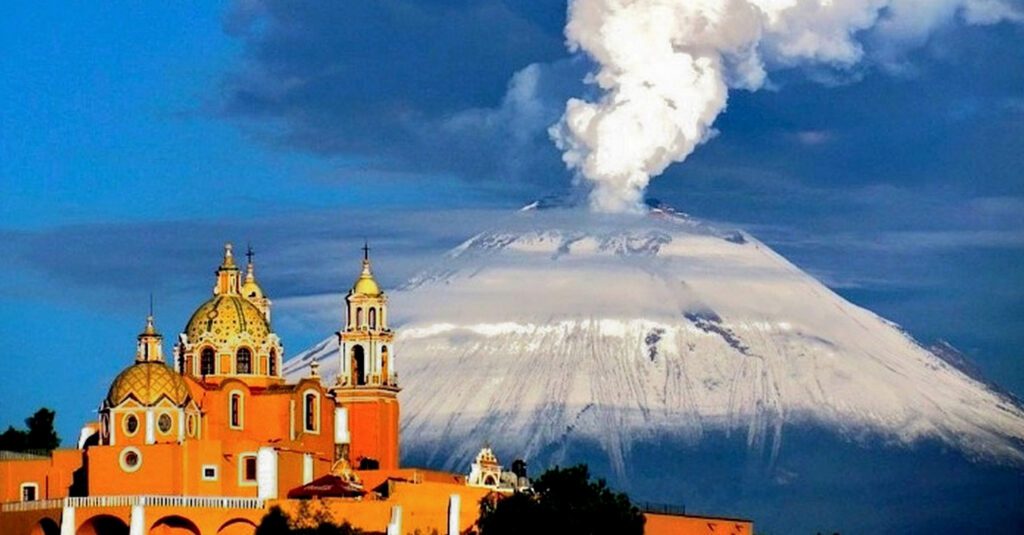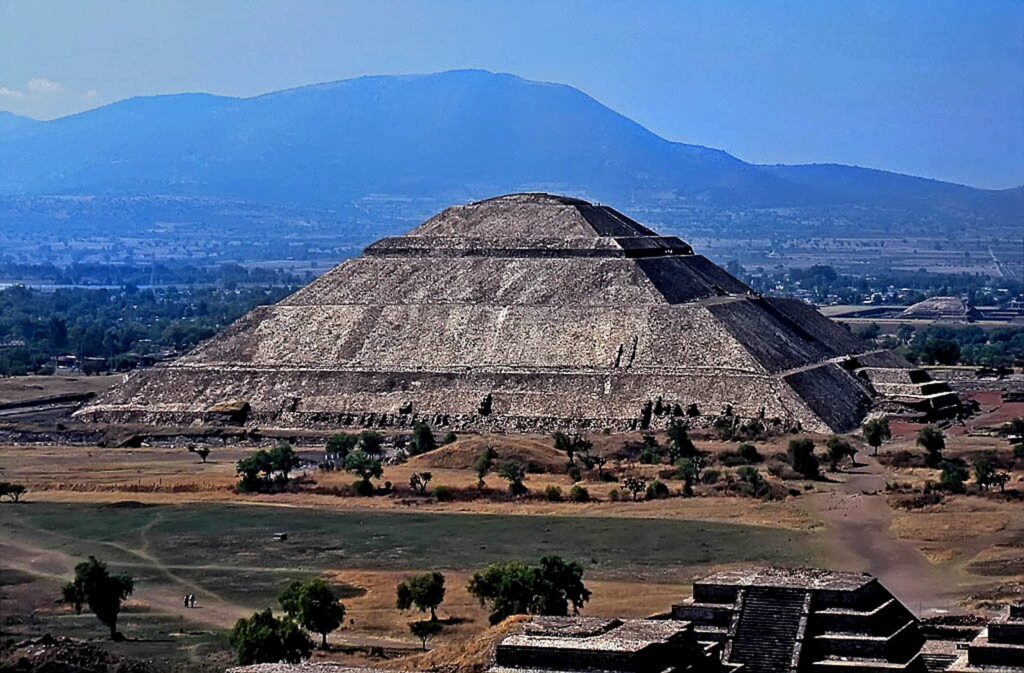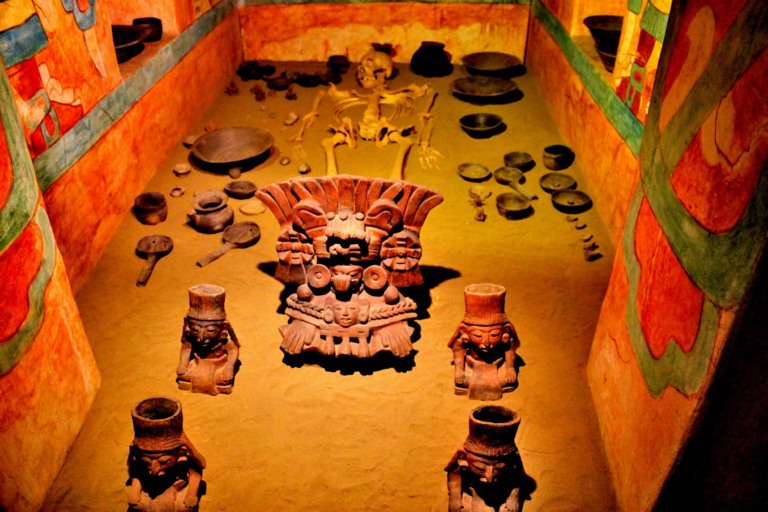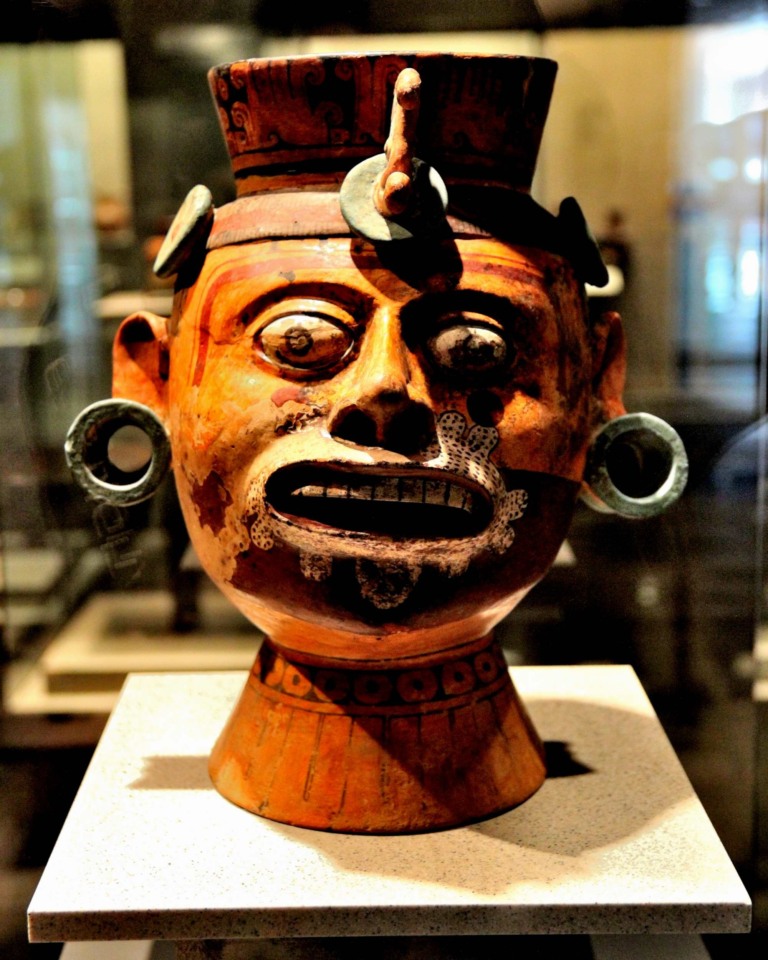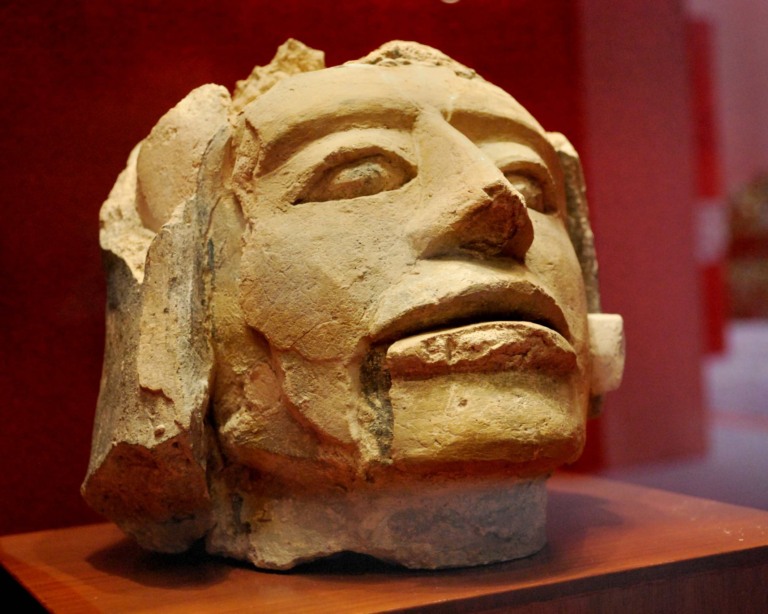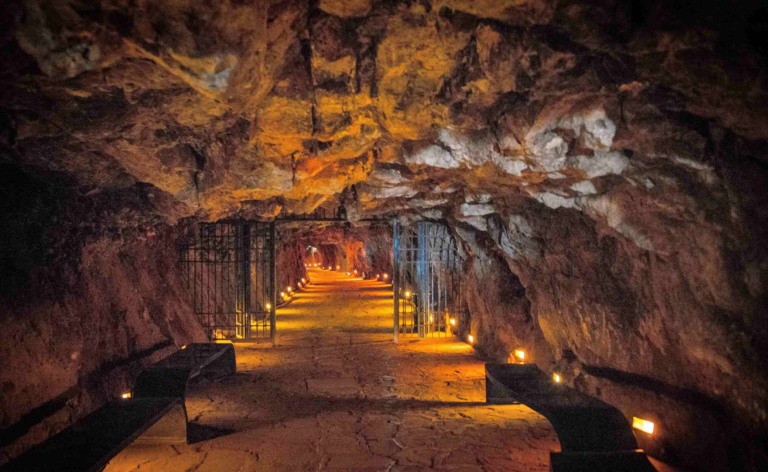Puebla was founded in 1531. It is about 100 km east of Mexico City, near the base of the Popocatepetl volcano. The religious buildings that are important to it have been kept. Such as the cathedral, which was built in the 16th and 17th centuries, and lovely structures such as the old archbishop’s palace.
Historic Centre of Puebla
The Historic Center of Puebla was added to the list of World Heritage Sites by UNESCO in 1987. A lot of the walls of the homes were made of azulejos tiles. Azulejos are glazed colored tiles that have been used in buildings in Spain and Portugal for a long time.
The Baroque district of Puebla was the first place to accept the new ideas of beauty that came about when European and American styles were mixed.
Where is Puebla
Its official name is Puebla de Zaragoza. In 1532, it was called Puebla de Los Angeles. Puebla City is located on a wide plain about 80 miles (130 kilometers) southeast of Mexico City.
The elevation is 2,162 meters (7,093 feet) above sea level. It is in the foothills, where the Neo-Volcánica Range of central Mexico meets the Sierra Madre Oriental.
This area has a lot of earthquakes. Matlalcueyetl (La Malinche) to the west and Popocatépetl to the east are the two volcanoes in between. Since the days when Spain ruled Mexico as a colony.
Puebla has been seen as an important military location. It was because it was between Mexico City and the Gulf of Mexico port of Veracruz, which is east of Mexico City.
Who won the battle of Puebla
During the Mexican War of 1847, U.S. troops stationed there set up camp in the area. On May 5, 1862, during the Battle of Puebla, French soldiers tried to attack a much smaller Mexican army led by Gen. Ignacio Zaragoza.
After that, the city was called Puebla de Zaragoza, and May 5 became a national holiday in Mexico. The Mexican Revolution began in 1910, and the Serdan brothers of Puebla were very important to it.
Puebla History
Puebla has been hurt by strong earthquakes many times. But there are still many colonial-era buildings in the grid-shaped city center.
People from Talavera de la Reina, which is near Toledo, Spain. They were the first people to move to this area. They brought glazed Talavera tiles with them.
In the middle of the plaza is the Cathedral of the Immaculate Conception. The cathedral was built from the 1600s to the 1700s.
It is one of the most beautiful and largest churches in Mexico. It has an altar made of onyx. Manuel Tolsá, who was born in Spain, carved it in 1799.
The Franciscan Convent of Cuauhtinchan and the Church of Santo Domingo also date back to the colonial era. The Chapel of the Rosary in the Church of Santo Domingo is very fancy. It is made of gold leaf (1528–54).
In 1578, the Jesuits started a college in the city. People went there to learn because of what the Jesuits did. The José Luis Bello y González Art Museum opened in 1938, and the Museum of Religious Art opened in 1940.
The Convent of Santa Mónica, which was built in the 1600s, is where this is. It has the Regional Museum of Puebla State (1931), the Benemérita Autonomous University of Puebla (1937), the University of the Americas (1940), whose name changed in 1963, and the Popular Autonomous University of Puebla State (1973).
Puebla was one of the first places where people started making things. It was known for its traditional pieces made of onyx, Talavera tiles, pottery, glass, and textiles. It was also the business hub for a large area where maize (corn), sugarcane, cotton, and animals were grown.
The economy of the city depends on both making things and providing services. It makes a lot of different things, like cars, metal products, food and drinks, building materials, and more.
To get to the city, people can take the train, a car, or an airplane. Poblano culture, also called “Pueblan,” is a mix of European and native traditions. It is known for its traditional food, music, dance, and way of dressing.
